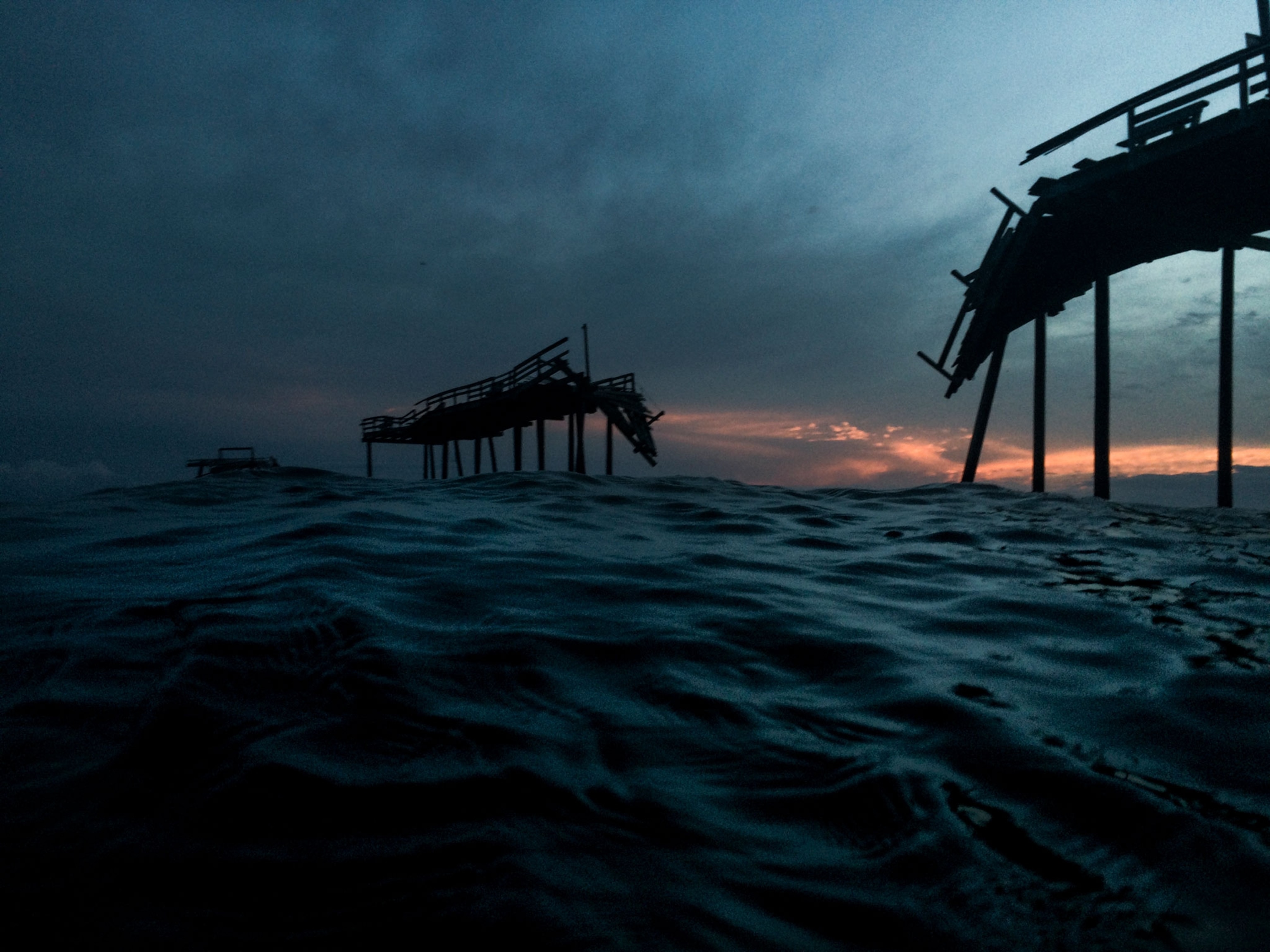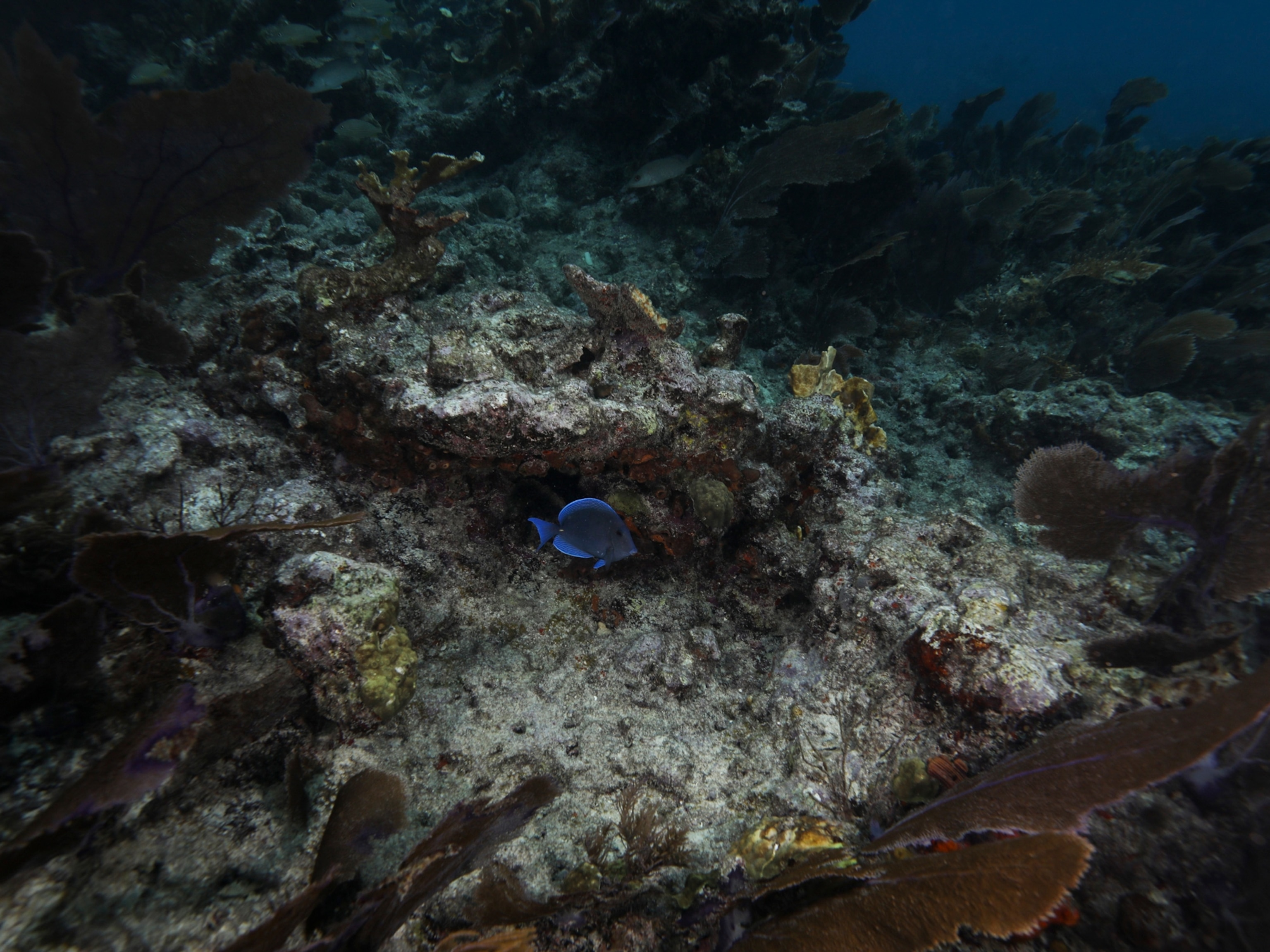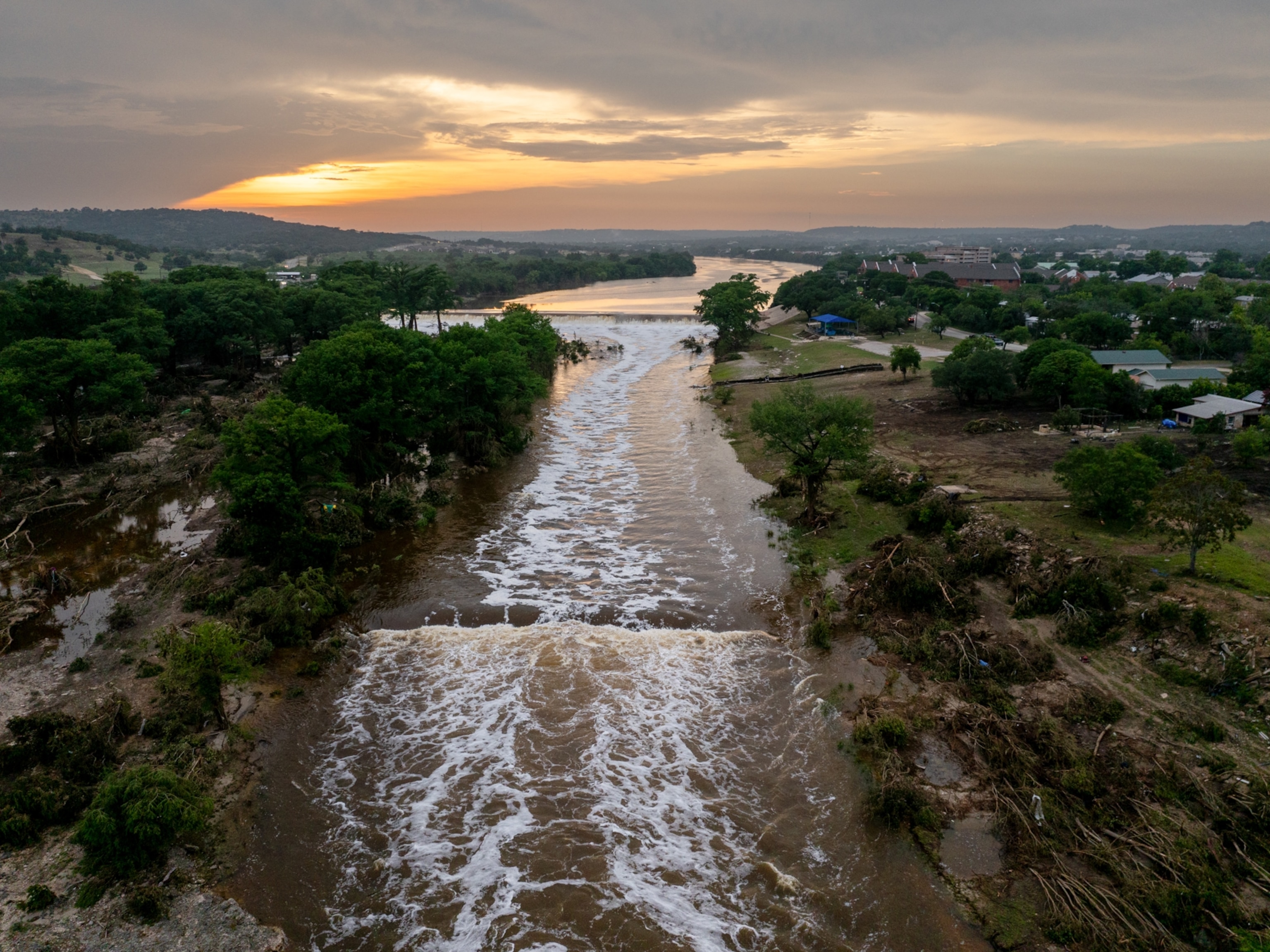
This Seaside Community Is Getting Swallowed by the Ocean
Rising sea levels are forcing those living in the Outer Banks to grapple with the impacts of climate change.
Slowly but surely, North Carolina's Outer Banks are being eaten up by the sea.
The 200-mile stretch of islands that sits just off the coast is known for its idyllic beaches and thriving tourism, but scientists say those beaches are in jeopardy. Rising sea levels are forcing residents to grapple with a home that's slowly washing out from under them.
One 2010 report predicted that sea levels around North Carolina could rise 39 inches by 2100 as climate change melts glaciers and contributes to global sea level rise. Already, the North Carolina Department of Environmental Quality says, about six feet of costal land erodes every year.
These rising seas are making already unstable strips of land more erosive. The Outer Banks are shifting sandbars that naturally drift toward the coast. Each time a storm makes landfall, seawater carves inlets and deposits sand, spreading it across one side of the island while it erodes from the other like a slowly turning wheel.



This slow churn promises to have life-altering impacts on the landscape and people who live there.
“Life goes on, and yet people are adapting to this new reality,” says photographer John Tully.
Looking for a fresh start in 2015, Tully moved to the Outer Banks and spent two years documenting the islands' slow march into the sea. His photos show the changing physical landscape and the people adapting to it. On roads near the shore, storms can stir up so much sand it eclipses the road.
Highway 12, the dominant road running through the Outer Banks, is cleaned and repaired on a regular basis. Many homes have been bolstered with stilts, and some have been picked up and moved farther inland.
For some who own beachfront property, the biggest concern is losing a vacation home, but other residents fear losing deep familial ties to the region. On some parts of the island, seawater has been known to floods cemeteries, threatening to uproot generations.
North Carolinians have debated how best to address encroaching seawater. Some have pushed to make rising sea levels an important factor in planning and development. Others have pushed for legislation dismissing these claims. Tully says those who live on the Outer Banks share a sense of community knowing they all face these creeping waters together.
(Read more about the fight to save the Outer Banks.)
“If they knew what to do, they would do it,” he says, but for now, the divided community is still waiting for a solution to stem the tide.

John Tully is a photojournalist based in New Hampshire. His work explores the meaning of home. Follow him on Instagram @jtully













